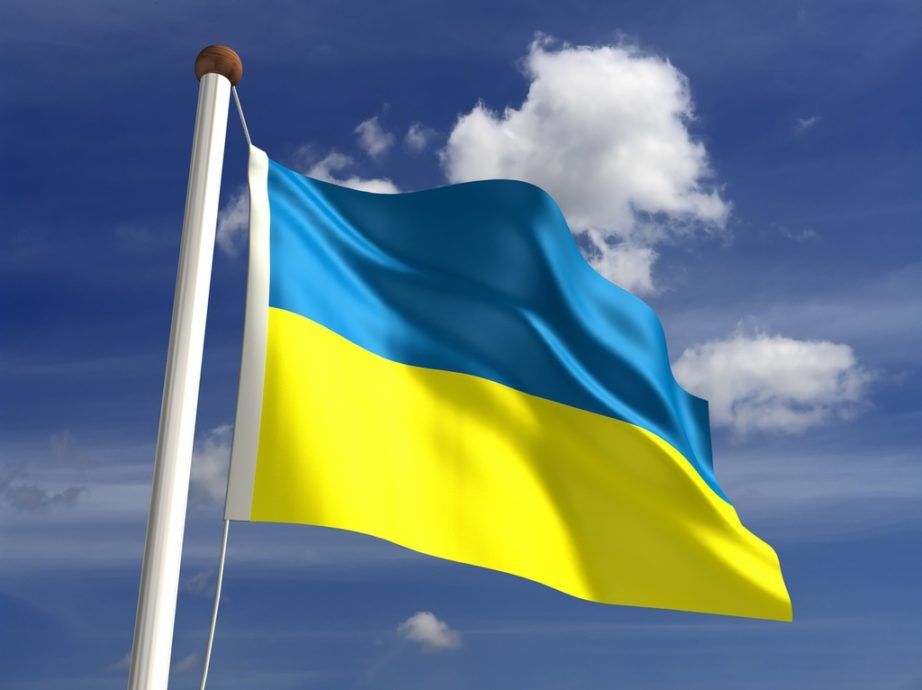
Zelensky’s Gamble: NATO Shield for Ukraine, Diplomacy for Liberation
Kyiv Independent
In a bold move to end the prolonged conflict with Russia, Ukrainian President Volodymyr Zelensky has proposed a conditional ceasefire under a NATO security framework. Speaking candidly in his first interview with British media since Donald Trump’s election victory, Zelensky outlined his vision for protecting Ukraine while maintaining its territorial integrity.
Zelensky’s plan would see Ukraine’s unoccupied territories placed under NATO’s immediate protection, an “umbrella” he says is vital to prevent future Russian aggression. He emphasized that this move would not involve ceding sovereignty over Russian-occupied territories but would defer their reintegration to a future diplomatic process.
Key elements of the proposal include:
- NATO Membership for Free Ukraine: Unoccupied areas of Ukraine would join NATO to establish a security guarantee against further invasions.
- Diplomatic Solution for Occupied Territories: Eastern regions currently under Russian control would remain outside the NATO agreement. Their status would be resolved through negotiations and potentially a referendum—if Kyiv regains control.
- Acknowledging International Borders: Any NATO deal would reinforce Ukraine’s internationally recognized pre-2014 borders.
“We need NATO’s protection very much; otherwise, he [Putin] will come back,” Zelensky warned, highlighting the urgency of immediate action.
Zelensky also expressed a willingness to collaborate with U.S. President Donald Trump, aiming to prevent any diplomatic misunderstandings. The two leaders reportedly had a constructive meeting during Zelensky’s visit to New York in September.
“I believe we can work effectively together,” Zelensky stated, signalling a pragmatic approach to U.S.-Ukraine relations under Trump’s presidency.
Despite the innovative approach, Zelensky remains firm on one key principle: Ukraine will not permanently cede its occupied territories. He underscored that any decision about these regions’ future must involve the local population, following Ukraine’s laws, and only after Kyiv regains control.
This marks a significant shift in Zelensky’s stance, reflecting the complexities of balancing immediate security needs with long-term sovereignty.
Zelensky’s proposal represents a calculated risk, offering a potential path to end the hot phase of the war without abandoning Ukraine’s territorial claims. However, its success hinges on securing NATO’s buy-in, convincing allies of its feasibility, and navigating the unpredictable dynamics of Russian diplomacy.
As the plan unfolds, it could reshape not only Ukraine’s future but also the geopolitical landscape of Eastern Europe.



